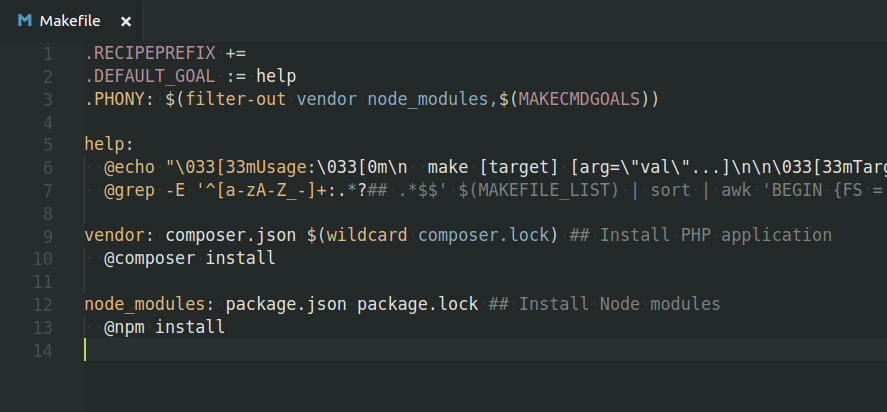
- #COMPOSER INSTALL HOW TO#
- #COMPOSER INSTALL CODE#
- #COMPOSER INSTALL DOWNLOAD#
- #COMPOSER INSTALL WINDOWS#
#COMPOSER INSTALL HOW TO#
Now, you’re aware of the basics of Composer and how to install it. So that was a brief guide to installing Composer on different operating systems. It’s important to note that you need to restart your terminal after you’ve installed Composer since the PATH variable only gets loaded when the terminal is started. You should be able to run Composer commands right away. Follow along with the installation steps, and it’ll install the latest Composer version.
#COMPOSER INSTALL DOWNLOAD#
You just need to download the Composer setup executable and run it.
#COMPOSER INSTALL WINDOWS#
How to Install Composer on Windowsįor Windows users, it’s even easier to install Composer. In the next section, we’ll see how to install it on Windows systems. So as you can see, it’s pretty straightforward to install Composer on Linux- and Unix-based systems. On the other hand, if you'd installed Composer locally, you would run the php composer.phar -version command. Go ahead and test it to see if it has installed successfully. Now, you should be able to use Composer globally. $curl -s | phpĬomposer (version 1.10.6) successfully installed to: /home/sajal/composer.pharĪnd with that, Composer is installed locally, and you are ready to use it with the php composer.phar command! However, we want to install it globally, so let’s do that by executing the following command. Go ahead and run the following command in your terminal. How to Install Composer on *nix and macOSįor *nix-based systems-Linux and Unix-it just takes a single command to install and run up Composer right away. We’ll install it globally so that it can be used across different projects. You could install it either locally on a per-project basis or globally. When it comes to installing Composer, there are two ways. In the next section, we’ll see how to install Composer. Popular PHP frameworks like Symfony, Laravel, Drupal and many more have already adopted Composer-based workflows in their development lifecycle. In fact, Composer has become a global standard when it comes to managing third-party PHP libraries. We’ll get back to this in detail later in this article. More importantly, it also creates composer.json and composer.lock files that will be used to track the dependencies of your project. This installs the phpmailer library and its dependencies in the vendor directory of your project. For example, if you want to install the phpmailer library by using Composer, you just need to run the following command in the root of your project. To install and use libraries that are managed by Composer, you just need to declare them in your project in a standard format, and Composer will manage the rest.

If you’ve heard of npm for Node.js, or Bundler for Ruby, that's what Composer is for PHP. Of course, there’s an option to install a library globally, but it’s not recommended. It allows you to use different versions of the same library across different PHP projects. It’s important to note that Composer allows you to install the necessary libraries on a per-project basis. It allows you to declare the libraries your project depends on and it will manage (install/update) them for you. What Is Composer?Ĭomposer is a tool for dependency management in PHP. It is an application-level package manager for PHP that has gained immense popularity and become the de facto standard for managing dependencies in PHP applications. In a nutshell, we need a tool which can be used to install libraries and manage application dependencies. But it had its own limitations, which Composer was created to address. In fact, before Composer, there was a popular tool called PEAR which was used to manage PHP extensions and libraries. That's where a dependency manager like Composer comes in. For example, a database abstraction layer (DAL) is a must-have for any PHP application, but there was no standard library or package, so many people ended up developing their own.Ĭertainly, there were a lot of options available at that time, but it was difficult to add dependencies, to keep track of them, and to manage your application in the long run.


In the past, it was harder to add libraries to PHP, which led to a lot of reinventing the wheel for common features.
#COMPOSER INSTALL CODE#
If you’ve been coding in PHP for some time, you'll be aware of how PHP libraries can help save work and make code reusable. In this article, we’ll look at the ins and outs of Composer and how to install it and use it in your day-to-day PHP development. Today, we’re going to discuss one of the most important tools in PHP: the dependency manager Composer.


 0 kommentar(er)
0 kommentar(er)
